The advent of generative artificial intelligence (AI) has fundamentally altered the path to business success. Organisations globally are now engaged in a once-in-a-generation race to secure a competitive advantage using this technology. According to an IBM survey of 3,000 CEOs last year, 75 per cent believe that enterprises with the most advanced generative AI will prevail.
While organisations in Southeast Asia have hastened to explore AI’s impressive capabilities, few have fully harnessed its transformative potential.
The AI Readiness Barometer: ASEAN’s AI Landscape report by IBM stated that although 85 per cent of organisations in this region acknowledge the power of AI to help businesses achieve strategic goals, only 17 per cent have a well-defined AI strategy.
The study surveyed 372 business leaders in nine industries spanning Singapore, Indonesia, Thailand, Malaysia and the Philippines. It sought to understand regional AI adoption trends and identify the most impactful use cases by business units, as well as determine how far along organisations are in developing effective AI strategies for business.
Earlier this year, business leaders convened for a roundtable to engage in productive discussions on AI. Video: Ecosystm
“Organisations typically allocate funds to AI and identify a few use cases,” observed Mr Charles Kiang, general manager of IBM Technology (APAC). “They may encounter initial success with an AI pilot project, leading them to believe that they have cracked the code. However, they often face significant challenges when scaling AI solutions beyond pilots and proof-of-concepts, forcing them to re-evaluate their approach or give up altogether.”
While businesses often gauge the success of their AI strategies by the number of pilots or amount of investment, the survey adopted a more holistic approach. It examined additional factors, such as whether enterprises were investing time and resources in revamping their business strategies to integrate AI, upskilling employees and increasing AI awareness among staff.
When measured across these aspects, organisations’ actual level of AI maturity did not align with their optimism about their AI readiness. While 39 per cent of technology, data and business leaders rated their organisations as being in the transformative stage of AI readiness, only 4 per cent were actually at that point of maturity, the study found.
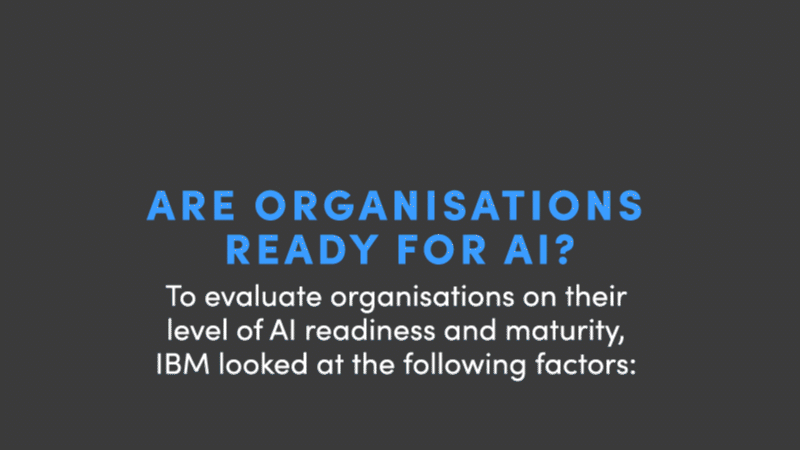
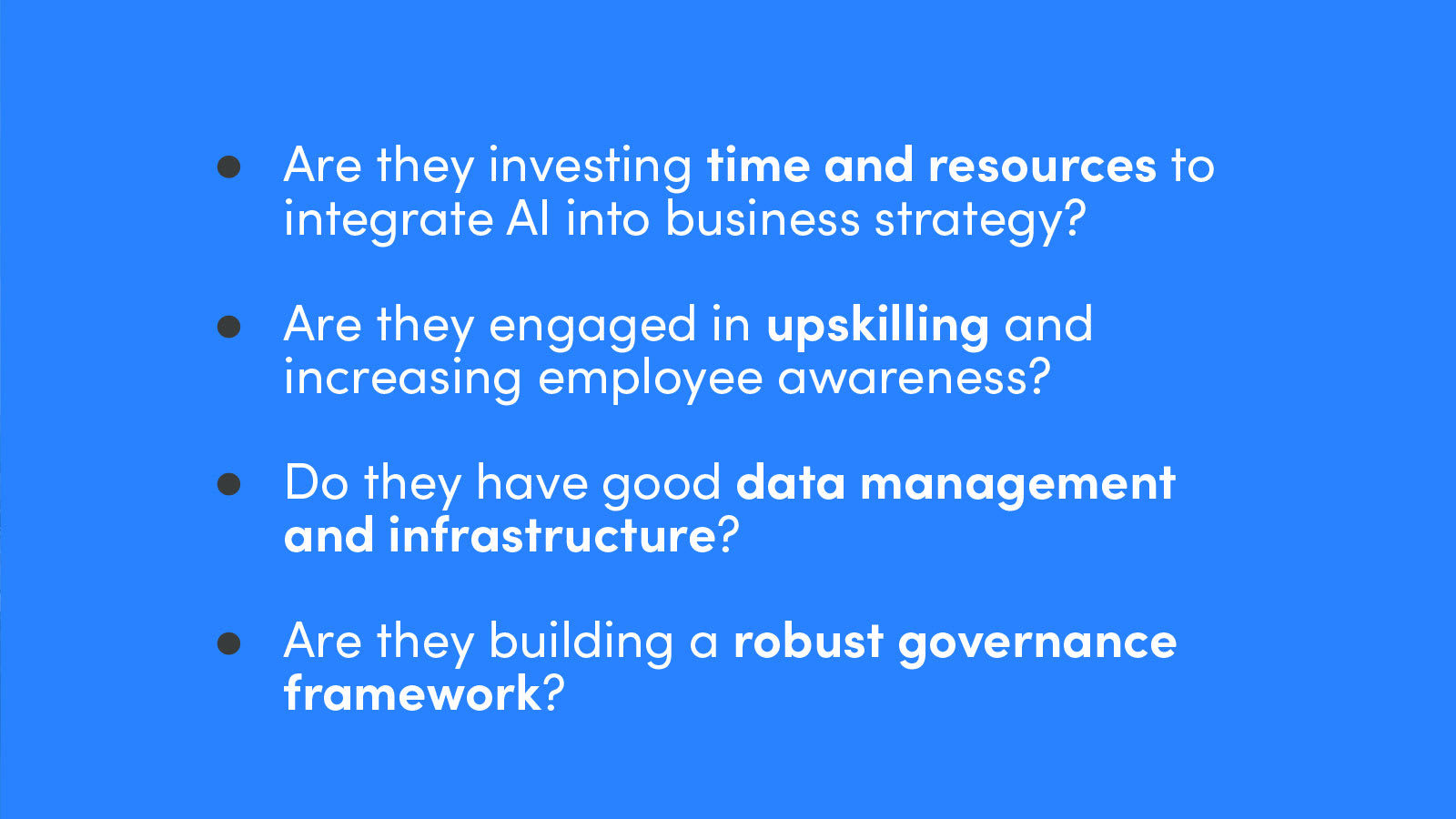
UNLOCKING AI’S FULL BUSINESS POTENTIAL
Mr Kiang said that the study provides a roadmap for organisations looking to harness AI to accelerate innovation and productivity.
“AI readiness requires a robust data strategy, the right talent to execute it and a well-considered governance framework to ensure its responsible and ethical use,” he said. “Without strong foundations, organisations risk focusing only on the technology's capabilities, overlooking its long-term impact on the business.”
About 60 per cent of organisations do not have a consistent, enterprise-wide approach to generative AI, according to an IBM poll of global CEOs.
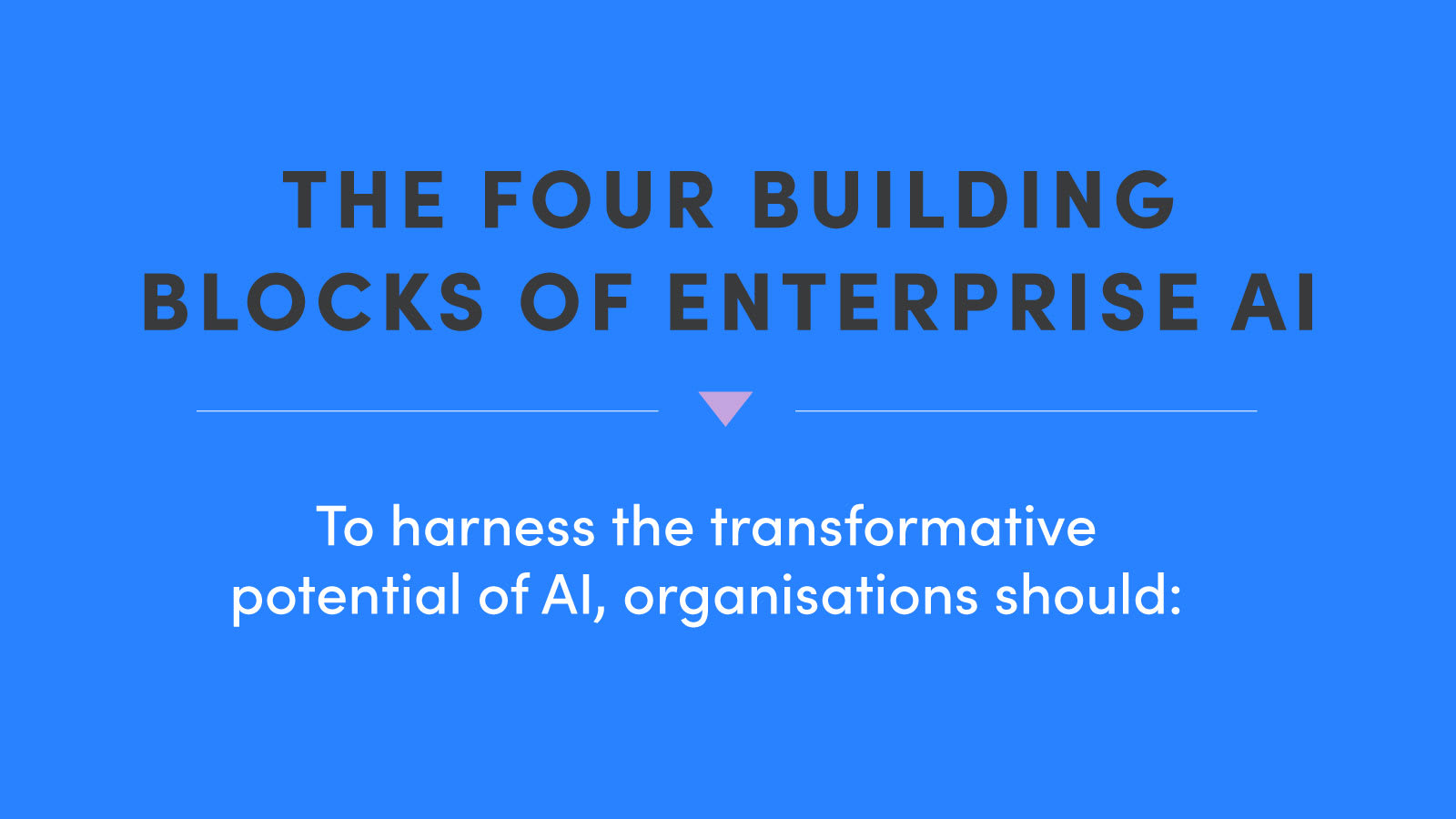

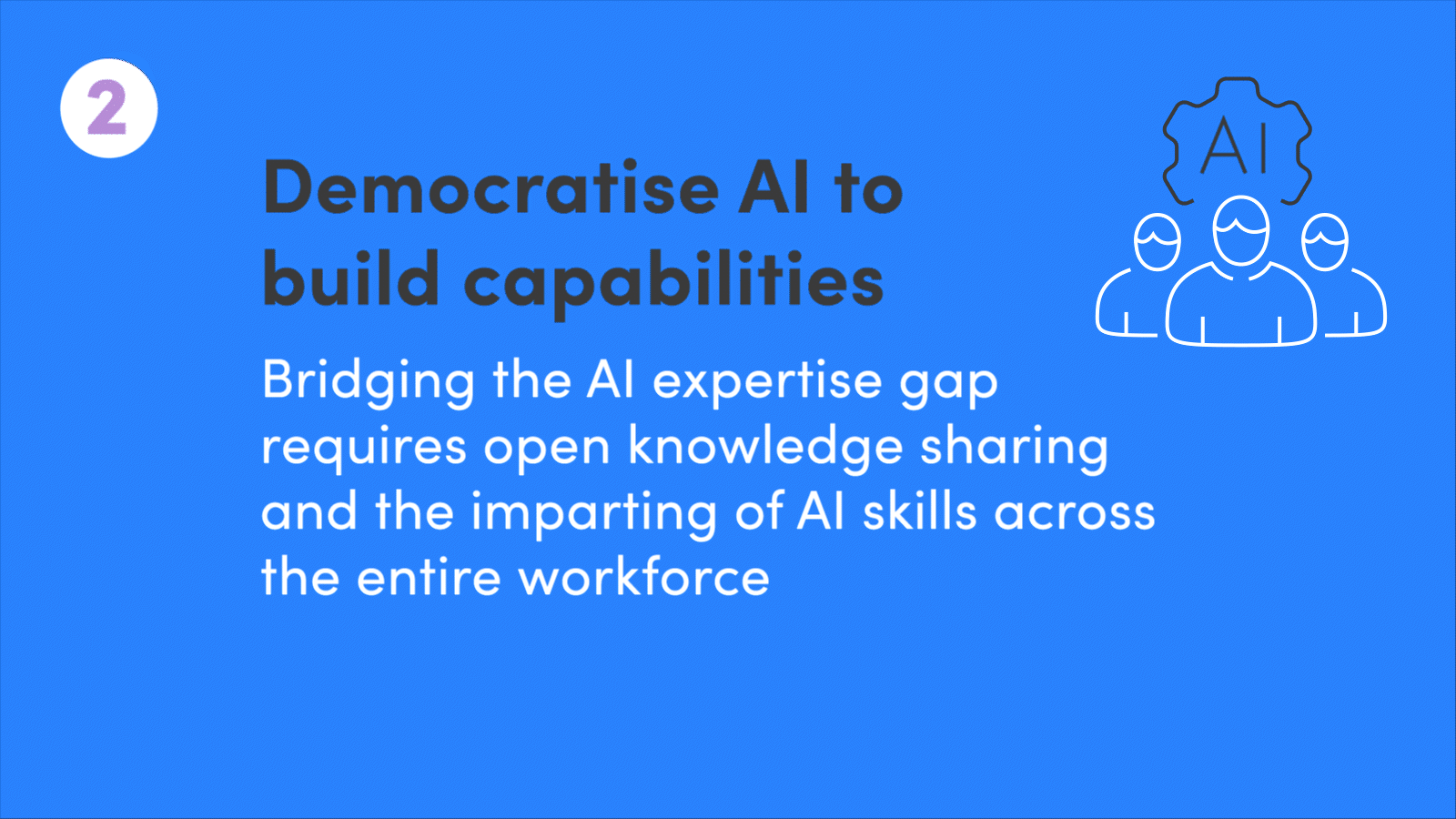

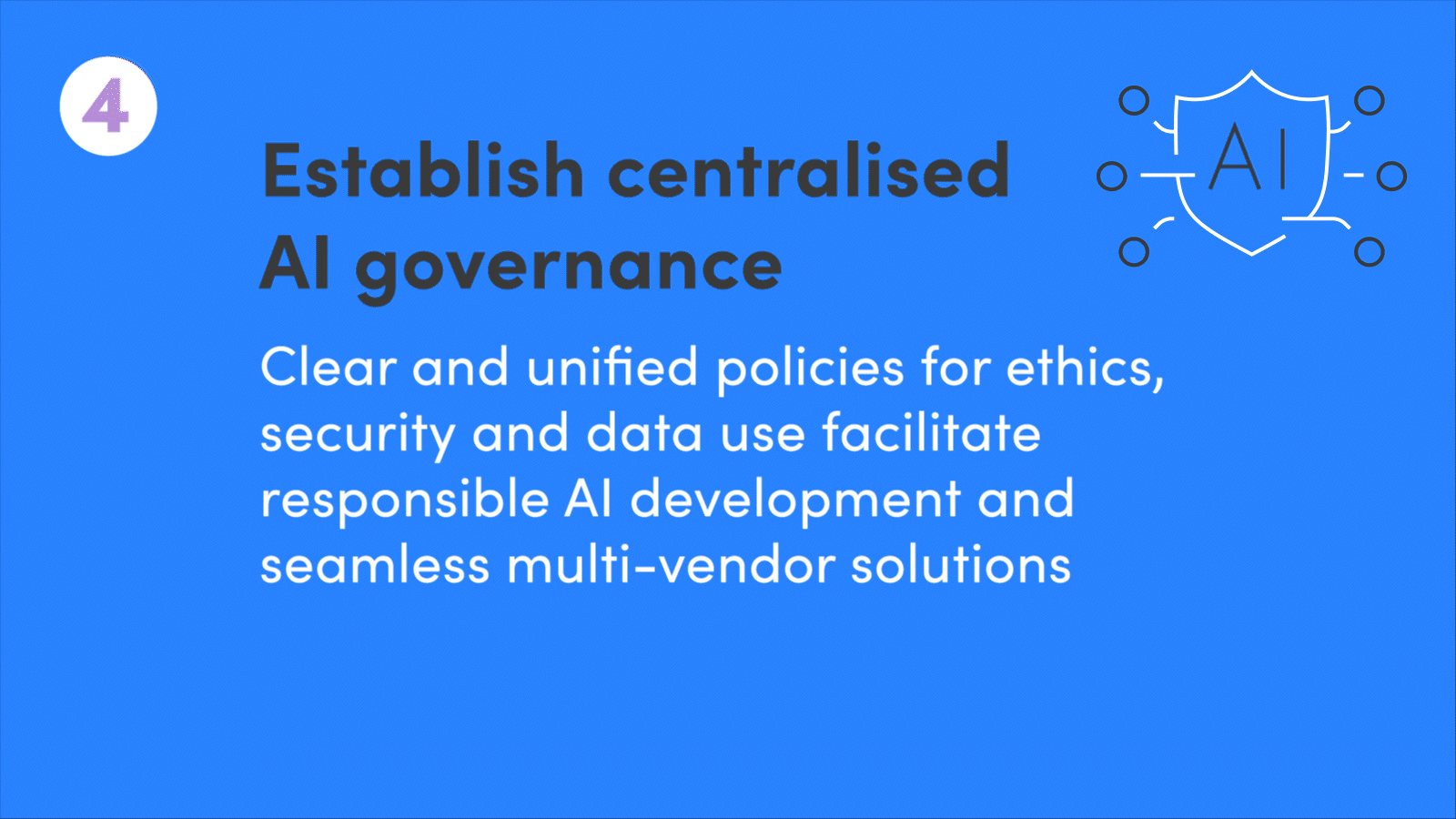






FLEXIBLE, PORTABLE, HYBRID-BY-DESIGN
Trust in AI portability is another crucial aspect of effective AI adoption. Beyond scaling the use of generative AI in business operations, organisations should view it as a catalyst for rethinking how technology can support a variety of business objectives, said Mr Kiang.
“Generative AI is transforming enterprise technology by transcending fragmented legacy systems,” he added. “Outdated siloed technology hinders access to the right data, impedes scalability and limits interoperability between different platforms and vendors, delaying any potential gains from AI.”
To maximise the benefits of generative AI, organisations need hybrid multi-cloud strategies that offer flexibility in data storage to support powerful, integrated workflows.
IBM’s hybrid-by-design approach involves the rethinking of an organisation’s technology estate in order to maximise the integration of existing technologies – including generative AI, cloud, platforms and software – while leveraging emerging technologies such as quantum computing.
Hybrid-by-design helps organisations optimise business value by offering the agility, speed and integration needed to move forward and achieve business outcomes.
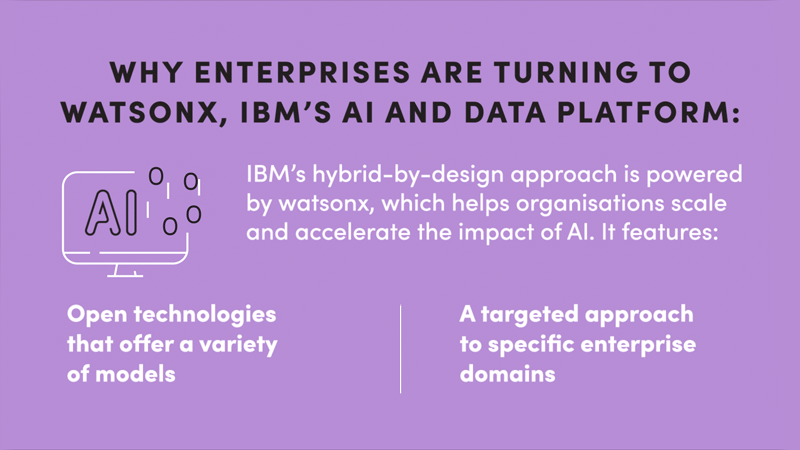
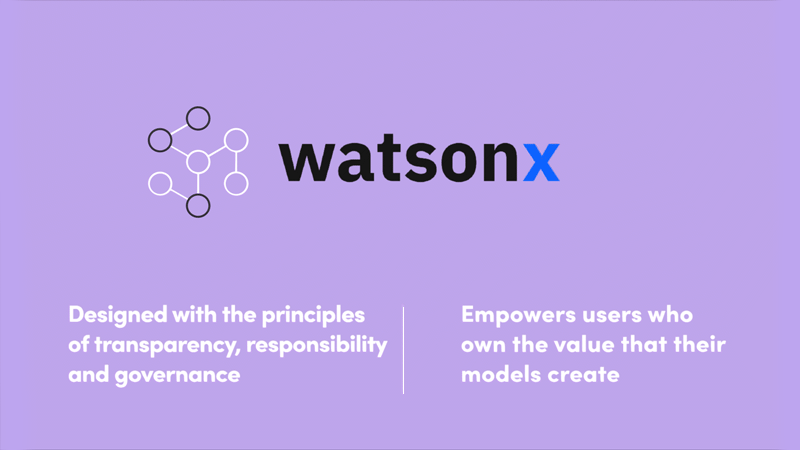
HOW HYBRID-BY-DESIGN BRINGS REAL-WORLD BENEFITS
AUDI
Carmaker Audi wanted to create a stable, scalable environment for innovative development across cloud platforms. It also needed a flexible, modular architecture that could support iterative work, reducing risks while removing dependencies.
Hybrid-by-design enabled Audi to create a new as-a-service development environment, ensuring security and stability for its platforms, applications and projects, facilitating innovative development at scale.
Time to market was shortened by up to six months. The common foundation enabled developers to more efficiently create, deliver and migrate solutions across on-premise and cloud environments, while application scalability was enhanced to meet demand.
EDGAR FINANCE
An IBM Business Partner and member of the IBM Fintechx programme, fintech start-up Edger Finance, which provides solutions for investors to navigate the stock market, sought to pilot generative AI to strengthen its platform and processes.
Working with IBM’s client engineering and innovation studio teams, Edger piloted three AI-assisted processes. One process accelerated and simplified the creation of a CEO summary from corporations’ quarterly reports, while another automated the extraction of key data points. The final process enabled investors to interact with report data through a user-friendly Q&A chat interface.
These processes resulted in a 90 per cent reduction in turnaround time for quarterly report data extraction, which previously took up to a week; and a 96 per cent reduction in the time taken to summarise a 30-page report, which typically took an analyst up to 30 minutes to complete.

NAVIGATE THE ROAD TO AI WITH CONFIDENCE
Besides the AI Readiness Barometer: ASEAN’s AI Landscape report, IBM has created additional resources, such as The CEO’s Guide to Generative AI, to help business leaders adopt a holistic approach to generative AI and manage the rapid change it is driving across enterprises.
Identifying strengths, weaknesses and potential roadblocks is the first step to seamless AI integration. Technology partners like IBM can help identify high-potential use cases, select the right tools, optimise workflows through process re-engineering and refine governance to maximise AI impact.
“No organisation can do it alone,” said Mr Kiang. “At IBM, we leverage decades of experience in creating technologies and driving enterprise transformation to help our clients navigate the unknown. We are ready to help businesses shape the future and innovate with AI.”













